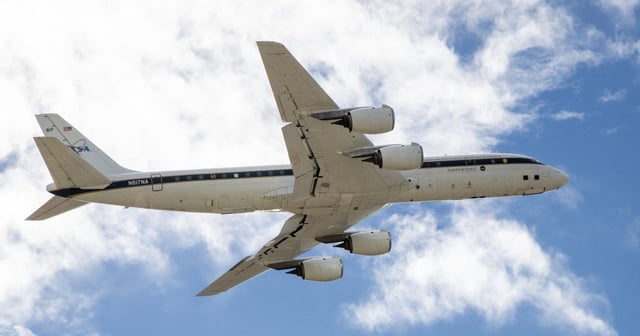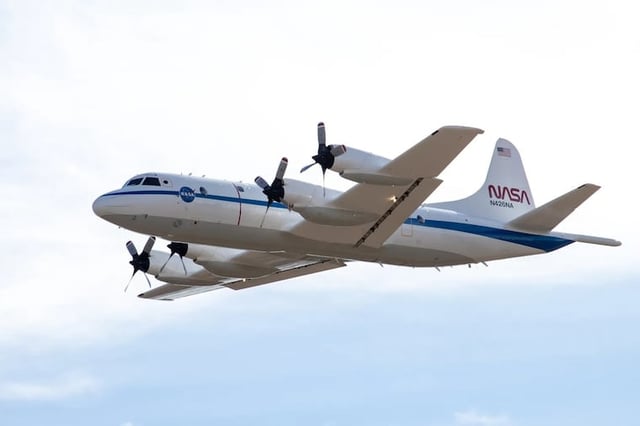Overview
- The East Coast missions began on June 22 over Philadelphia, Baltimore and several Virginia cities and will run through June 26
- A P-3 Orion from NASA’s Wallops Flight Facility and a Dynamic Aviation–contracted King Air B200 follow independent flight profiles to support a combined 40 hours of science operations per coast
- Pilots operate between 1,000 and 10,000 feet executing vertical spirals, runway flybys and circling maneuvers above power plants, landfills and urban zones
- Rising college seniors assist with six-instrument science payloads to collect data for meteorology, atmospheric chemistry, soil science and oceanography research
- After completing East Coast flights, the SARP team will move to California for research sorties over the Los Angeles Basin, Salton Sea and Central Valley from June 29 to July 2

